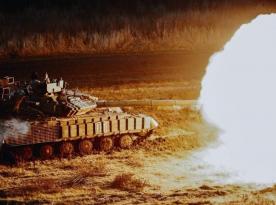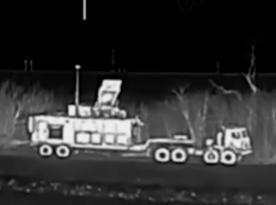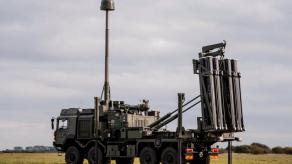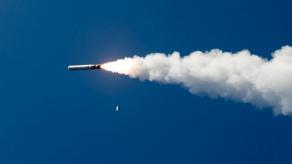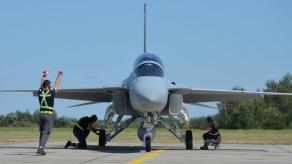The geography of Ukrainian strikes has drastically expanded its horizons today, on May 9th morning. An explosive unmanned aerial vehicle has crossed 1,400 km into the territory of the russian federation to strike one of the biggest oil processing plants in the country, the Gazprom Neftekhim Salavat located in the federal subject of Bashkiria.
The success of this strike is evidenced by videos from the site appearing online. Local media report damage inflicted to the catalytic cracking unit at the plant.
Read more: Ukrainian UAVs Strike Unexpected Target: Railway Power Supply is What russians Cannot Protect with Air Defense
Local authorities also confirm the fact of the strike, stating that the facility continues to operate in standard mode.
"An unmanned aerial vehicle appeared in the area over the Gazprom Neftekhim Salavat in the city of Salavat, our enterprise. After its appearance, a source of smoke appeared on the territory of the enterprise," said Radiy Khabirov, governor of Bashkortostan.
At least two drones reached the oil refinery. Most likely, it was a UAV different from Liutyi, considered the most long-range of the publicly known suicide UAV in Ukraine's arsenal, but a more powerful uncrewed aerial vehicle made out of a remodeled light aircraft.
For a reminder, such unpiloted attack planes were spotted for the first time on April 2nd, 2024 during the simultaneous strike on Shahed-136 production factories in the Alabuga industrial zone and the TANECO Oil Refining Complex in Tatarstan, over 1,200 km from Ukrainian frontlines.
Back then, Defense Express concluded that such strikes would only grow in scale and range onward because drone-converted aircraft have the capacity to reach as far as 1,300 km behind the enemy lines with over 300 kg of explosive on board or even further if the payload is reduced. Moreover, that strike has shown that russia has no air defenses in the deep rear.
Now this time the attack on Gazprom Neftekhim Salavat once again reaffirms those theses. Ukrainian drones flew over 1,400 kilometers if we measure in a straight line, however, the routes for a mission like this one are usually more complex than linear. And it managed to hit an oil refinery occupying a position in the top-10 in terms of annual oil processing capacity.
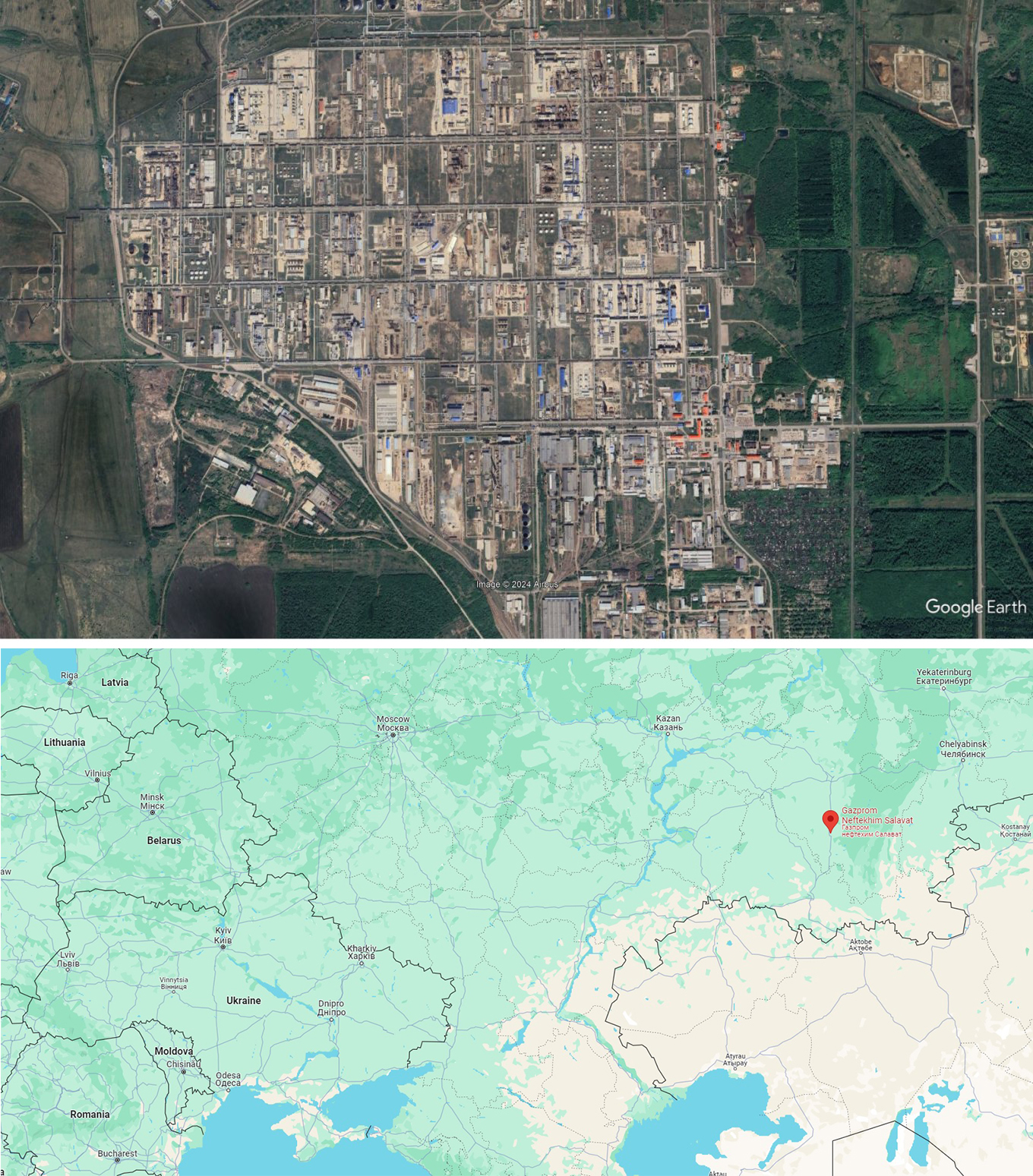
Therefore, we can update Ukraine's zone of fire control provided by truly long-range kamikaze drones, so it looks like this:
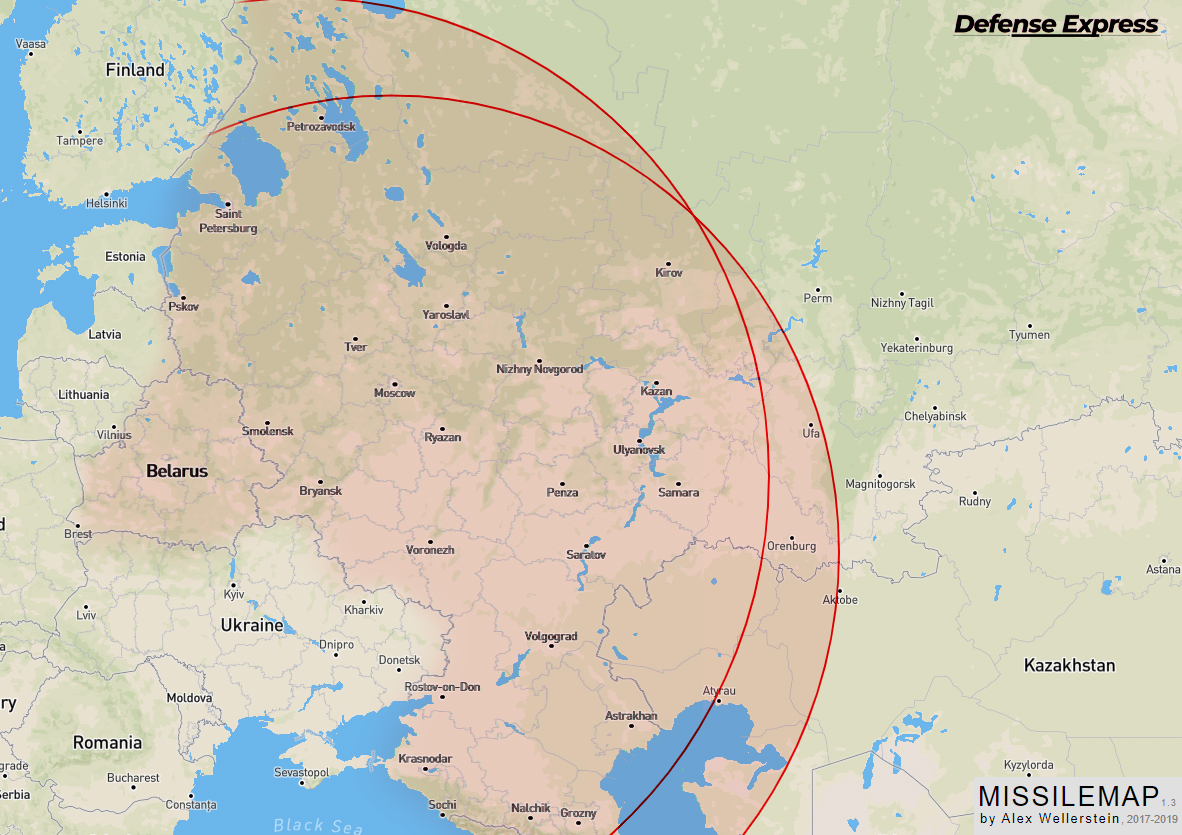
Read more: Some Conclusions of Ukrainian Long-Range Strike on russian Alabuga Economic Zone






